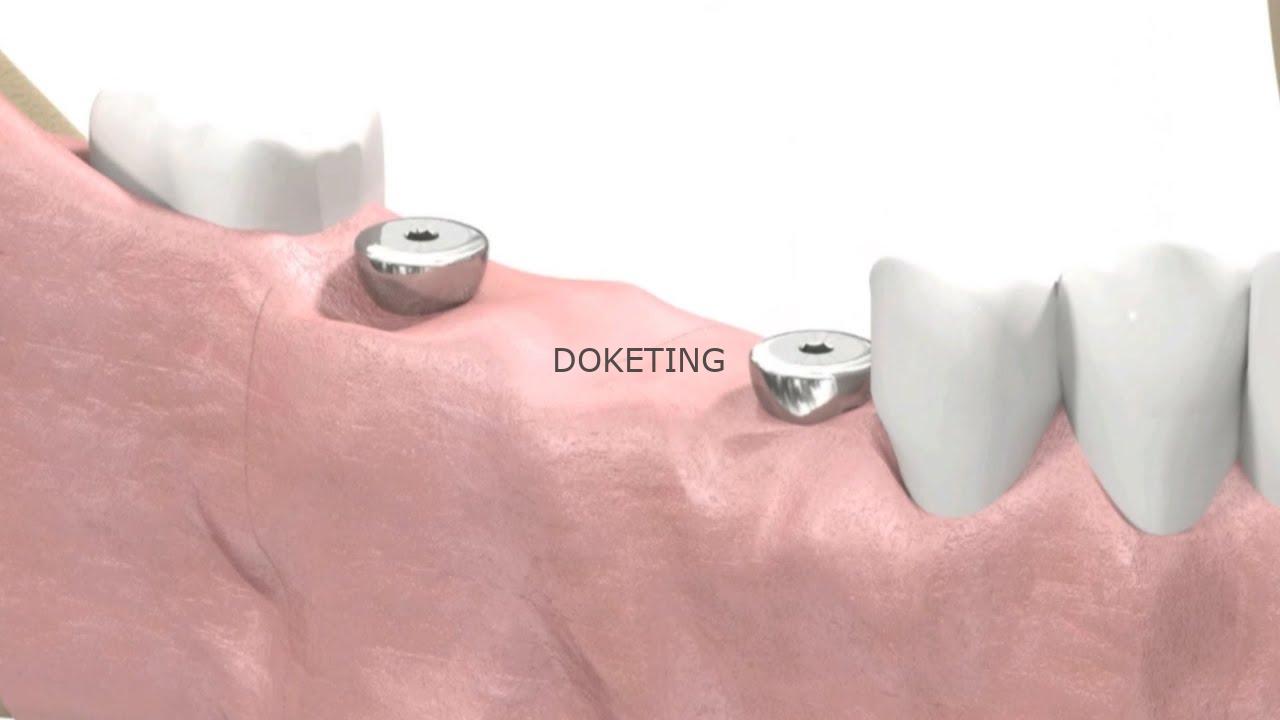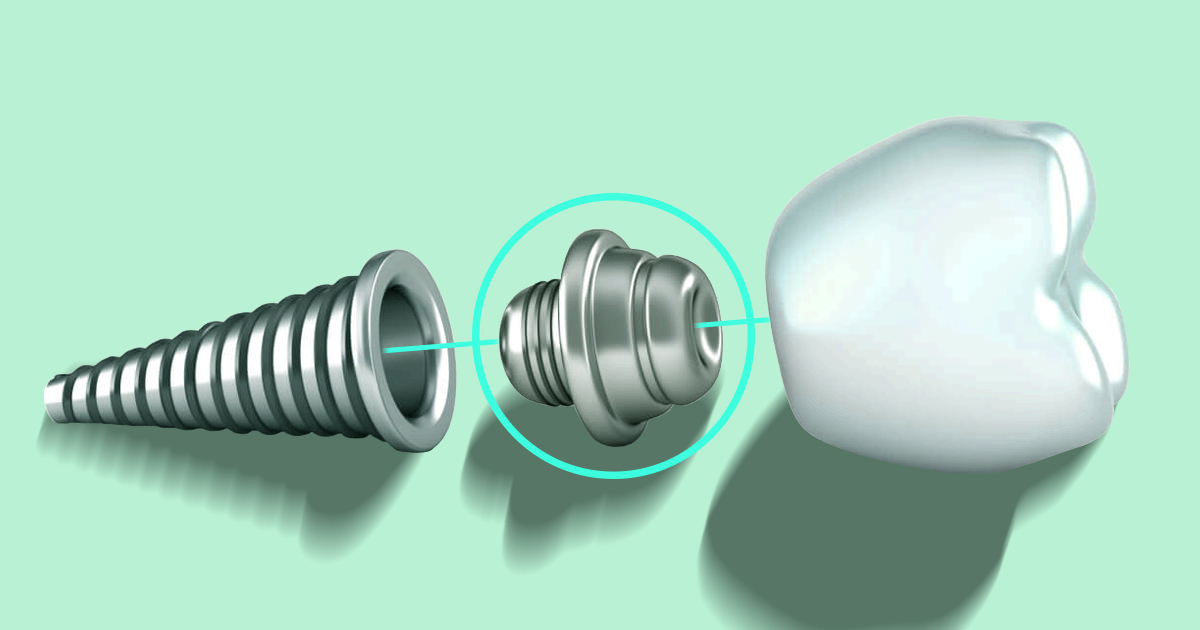A healing collar is used in which implant procedure – When it comes to implant procedures, a healing collar plays a pivotal role in ensuring successful outcomes. This comprehensive guide delves into the types of implant procedures that utilize healing collars, their functions, design, placement, and the healing process associated with them.
From surgical to non-surgical procedures, healing collars serve specific purposes in each application. Their primary function is to facilitate osseointegration, the process of bone growth around the implant, while preventing soft tissue overgrowth. Understanding the design and proper placement of healing collars is crucial for optimal results.
Types of Implant Procedures

A healing collar is a specialized device used in various implant procedures to facilitate healing and provide stability to the implant. It plays a crucial role in ensuring the success of the implant and promoting optimal outcomes.
Implant procedures can be broadly categorized into two types: surgical and non-surgical. Each type of procedure has its own specific applications, and the use of a healing collar may vary accordingly.
Surgical Implant Procedures
Surgical implant procedures involve the surgical placement of an implant into the body. These procedures require an incision to be made in the skin and underlying tissues to access the surgical site.
- Dental Implants:Dental implants are surgically placed into the jawbone to replace missing teeth. A healing collar is used to protect the implant and allow the surrounding tissue to heal properly.
- Orthopedic Implants:Orthopedic implants are surgically placed into bones or joints to repair or replace damaged structures. Healing collars are used to stabilize the implant and promote bone growth.
- Cardiac Implants:Cardiac implants, such as pacemakers and defibrillators, are surgically placed in the chest to regulate the heart’s rhythm. Healing collars are used to secure the implant and prevent infection.
Non-Surgical Implant Procedures
Non-surgical implant procedures do not involve the use of incisions or surgery. Instead, the implant is inserted into the body using a needle or other specialized device.
- Subdermal Implants:Subdermal implants are small, electronic devices that are implanted under the skin. Healing collars are used to protect the implant and prevent migration.
- Injectable Implants:Injectable implants are substances that are injected into the body to provide a specific therapeutic effect. Healing collars are not typically used in injectable implant procedures.
Functions of a Healing Collar
A healing collar plays a crucial role in implant procedures by facilitating osseointegration, the process of fusing the implant with the surrounding bone, and preventing soft tissue overgrowth around the implant site.
Materials Used for Healing Collars, A healing collar is used in which implant procedure
Healing collars are typically made from biocompatible materials such as titanium or polyetheretherketone (PEEK). These materials are chosen for their strength, durability, and ability to withstand the forces of mastication while promoting osseointegration.
Design and Placement of Healing Collars: A Healing Collar Is Used In Which Implant Procedure
Healing collars are designed to protect the implant site and promote healing. They vary in shape, size, and material to accommodate different implant procedures.
Factors to consider when selecting a healing collar include:
- Implant type and size
- Patient’s anatomy
- Surgical approach
Placement of Healing Collars
Proper placement of a healing collar is crucial for its effectiveness. The following steps should be followed:
- Clean the implant site thoroughly.
- Position the healing collar over the implant.
- Secure the healing collar using screws or other fixation devices.
- Verify the collar’s stability and alignment.
Healing Process with a Healing Collar
After implant placement, the healing process with a healing collar involves several stages of osseointegration, which is the process of the implant fusing with the jawbone. The healing collar plays a crucial role in supporting and guiding this process.
Stages of Osseointegration
Osseointegration occurs in three main stages:
- Initial Bone Formation:The implant surface is coated with a biocompatible material that encourages bone cells to attach and grow onto it.
- Bone Remodelling:The bone around the implant undergoes remodelling, where new bone is formed and old bone is resorbed, creating a stronger bond between the implant and the jawbone.
- Osseointegration:The implant becomes fully integrated into the jawbone, providing a stable and long-lasting foundation for the dental restoration.
Role of Healing Collar
The healing collar supports osseointegration by:
- Preventing Soft Tissue Overgrowth:It keeps the soft tissue away from the implant site, allowing the bone to grow and remodel properly.
- Guiding Bone Growth:The collar’s shape and design encourage bone formation around the implant.
- Protecting the Implant:It shields the implant from mechanical stress and contamination during the healing process.
- Infection:Poor oral hygiene or improper care can lead to bacterial infection around the healing collar.
- Soft Tissue Overgrowth:If the collar is not placed properly or the soft tissue is not managed effectively, it can grow over the implant.
- Implant Failure:In rare cases, the implant may not integrate properly with the bone, leading to implant failure.
- Maintaining good oral hygiene by brushing and flossing regularly.
- Avoiding strenuous activities that could put pressure on the implant.
- Using a soft diet to minimize stress on the implant.
- Attending regular follow-up appointments with the dentist to monitor the healing process.
Potential Complications
While healing collars are generally well-tolerated, some potential complications include:
To manage these complications, regular follow-up appointments are essential for monitoring the healing process and addressing any issues promptly.
Removal of Healing Collars

Healing collars are typically removed once the implant has integrated with the surrounding bone and soft tissue, providing sufficient stability and support. The criteria for removal vary depending on the type of implant procedure and the patient’s individual healing process.
The removal of healing collars can be performed using both surgical and non-surgical techniques. Surgical removal involves making an incision around the collar and carefully extracting it from the tissue. Non-surgical removal, on the other hand, utilizes specialized instruments to gently loosen and remove the collar without the need for an incision.
Post-Removal Care
Following the removal of the healing collar, it is crucial to follow proper post-removal care instructions to ensure optimal healing and prevent complications. These instructions may include:
Final Wrap-Up

Throughout the healing process, healing collars provide support and guidance for the implant. Potential complications can arise, but with proper management, they can be minimized. The removal of healing collars is a critical step, and criteria for determining the appropriate time for removal are Artikeld in this guide.
Post-removal care and follow-up procedures ensure the long-term success of the implant.
Whether you’re a patient considering an implant procedure or a healthcare professional seeking in-depth knowledge, this guide offers valuable insights into the use of healing collars. By understanding their role and the intricacies involved, you can contribute to positive patient outcomes and enhance the overall success of implant procedures.
Answers to Common Questions
What materials are commonly used for healing collars?
Healing collars are typically made from titanium, titanium alloys, or polyetheretherketone (PEEK).
How long does the healing process with a healing collar typically take?
The healing process with a healing collar can vary depending on the type of implant procedure and the individual patient, but it generally takes several weeks to months.
What are the potential complications associated with healing collars?
Potential complications associated with healing collars include infection, soft tissue overgrowth, and implant failure.


